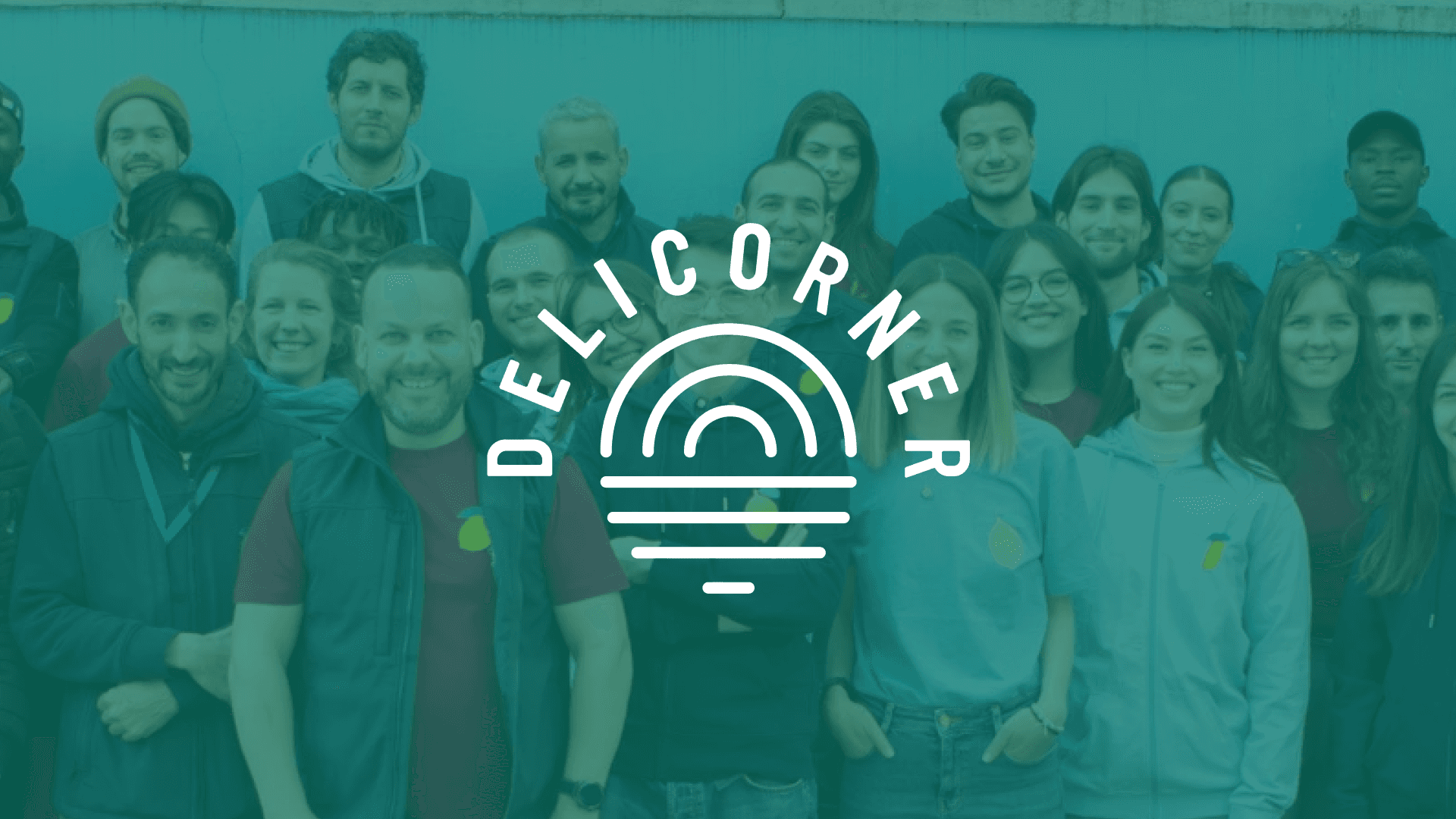The Key to Customer Retention: Effective User Onboarding 🚀
Hey there, fellow marketers and product enthusiasts! Have you ever wondered what the secret sauce is behind those companies that just keep their customers coming back for more? Well, let me tell you, it’s not just about having a great product. It’s about onboarding them the right way!
Let’s take a trip down memory lane. Remember the days when user onboarding was just a bland tutorial or a never-ending questionnaire? Thankfully, those days are long gone. The evolution of user onboarding strategies has been nothing short of revolutionary. Today, it’s an art form that combines UX design, customer psychology, and data-driven insights. It’s an integral part of successful businesses.
But wait, there’s more! The best part is that effective user onboarding doesn’t just make your customers happy; it makes them stick around. Yes, you heard it right – it’s a golden ticket to customer retention.
What is User Onboarding and its Goal?
Alright, let’s get down to brass tacks. What exactly is this mystical term ‘user onboarding’ that I keep harping about?
In the simplest terms, user onboarding is the process through which new users become acquainted with a product or service. Think of it as a first date between your product and your customers. And just like a first date, first impressions matter!
But let’s not oversimplify. User onboarding isn’t just a hello; it’s a hearty welcome. It’s about showing your users around, making them comfortable, and helping them find their way. It’s about ensuring that they see the value in what you’re offering.
And here’s the kicker – it’s not just for the newbies. Onboarding is an ongoing process. As your product evolves, so do your users. Keeping them in the loop and engaged is the key to building a long-lasting relationship.
Now, let’s talk about goals. The primary objectives of user onboarding are:
To reduce the learning curve,
Showcase the core value,
Make users feel empowered.
And when done right, it can be the catalyst that takes your customer retention rates through the roof!
So, are you ready to onboard your way to success? Let’s make user onboarding the superstar of your customer retention strategy!
The Aha Moment in User Onboarding
Hold on to your hats, folks! We’re about to dive into one of the most exhilarating parts of the user onboarding journey - the Aha Moment! But what is this Aha Moment I speak of?
Imagine your users are explorers on a treasure hunt. They’re navigating through your product, and BAM! They stumble upon a golden nugget that makes them go, “Aha! This is exactly what I need!” That, my friends, is the Aha Moment - the point where users realize the true value of your product for the first time.
This moment is crucial. It’s the turning point in the customer’s journey. It’s when they decide whether your product is a keeper or a sleeper. So, how do you ensure they find this treasure? By designing an onboarding process that guides them every step of the way!
The Unbreakable Link Between User Onboarding and Customer Retention
Alright, let’s get down to business. We’ve talked about the Aha Moment, but how does the entire onboarding process play into customer retention? Let’s break it down with some cold, hard facts.
Fact 1: Did you know that nearly 40% of users who sign up for an app never come back after the first time? But, with an effective onboarding process, you can slash that number in half!
Fact 2: Companies that have nailed the onboarding process have seen customer retention rates soar by as much as 50%! That’s not just a win; that’s a home run!
Now, let’s talk strategy. The goal here is to create an onboarding process that not only educates but also engages. It should be a roadmap that guides new users through the essential features and shows them how your product can make their lives easier.
Personalization is the name of the game. Tailoring the onboarding process based on the user’s needs and preferences can be a game-changer. It makes them feel valued and understood.
And let’s not forget about feedback. Keeping the lines of communication open and using user feedback to continuously improve the onboarding process is key.
In conclusion, the onboarding process is like the opening act of a rock concert. It sets the stage for what’s to come. Nail it, and your customers will be screaming for an encore.
The Science Behind Customer Retention
Let's put on our lab coats and dive into the fascinating world of customer retention science. According to Wolfram data, there are a few key factors that influence customer decisions to stay with a product or service.
Perceived Value: If customers believe they’re getting bang for their buck, they’re more likely to stick around. It’s not just about price; it’s about the value they perceive.
Customer Satisfaction: Happy customer, happy life! Satisfaction is a huge factor. This includes the quality of the product, customer service, and overall experience.
Switching Barriers: Sometimes, it’s just too much hassle to switch. Whether it’s contractual obligations or the absence of viable alternatives, these barriers help in customer retention.
Customer Engagement: Engaged customers are loyal customers. Keeping them involved and making them feel like part of the community is key.
Personalization: Customers love feeling special. Tailoring the experience to their preferences can make them feel like the product was made just for them.
The psychology of customer retention is rooted in trust and commitment. Building a relationship where customers trust your brand and are committed to your product is the ultimate goal.
10 Best Practices for Effective User Onboarding Process
Okay, folks, it’s time to roll up our sleeves and get down to business. We’re talking about best practices for user onboarding. These are the golden nuggets that will help you to master the onboarding process.
1. Start with a Bang
First impressions matter. Make sure your onboarding process is engaging from the get-go.
2. Set Clear Goals
Let your users know what they can achieve with your product. Set expectations and show them the path to success.
3. Use Interactive Guides and Tutorials
Nobody likes to read a manual. Use interactive guides and tutorials to help users learn by doing.
4. Personalize the Experience
Remember what we said about personalization? Use data to tailor the onboarding process to each user.
5. Ask for Feedback
Your users have a voice – let them use it! Ask for feedback and use it to improve.
6. Keep it Simple
Don’t overwhelm your users. Keep the onboarding process simple and intuitive.
7. Continuous Onboarding
Remember, onboarding doesn’t end after the first login. Keep educating and engaging your users as your product evolves.
8. Use Videos and Visuals
A picture is worth a thousand words, and a video might just be worth a million. Use visuals and videos to make the onboarding process more engaging.
9. Measure and Optimize
Keep an eye on the data. Measure the success of your onboarding process and optimize it for better results.
And there you have it! The recipe for an onboarding process that not only welcomes your new users but sets them on a path to becoming loyal advocates for your product.
Remember, user onboarding is not just a one-time event; it's an ongoing process. It’s about continuously providing value, building relationships, and ensuring that your users are getting the most out of your product.
So, are you ready to take your onboarding process to the next level? Let’s do this!
Personalization in Onboarding
Imagine walking into a party and everyone knows your name, your favorite song is playing, and they’re serving your favorite snacks. Feels awesome, right? That’s exactly how your users should feel during the onboarding process!
Personalization is like adding that secret ingredient that makes a dish go from good to mind-blowing. It’s about tailoring the onboarding experience to meet the unique needs and preferences of each user.
Why does this matter? Because users don’t want to be just another number. They want to feel valued and understood. And guess what? When users feel like the onboarding process is made just for them, they’re more likely to stick around. Yes, personalization is a customer retention powerhouse!
So, how do you add this magic touch? By using data! Collect insights on your users’ behavior, preferences, and needs. Then, use this data to create a personalized onboarding experience that speaks directly to them.
7 Case Study : Let’s analyse the best
Here are a few examples of successful user onboarding and how these brands stood out from the crowd.
1. Spotify
Why they are so good: Spotify excels in personalization. During the onboarding process, new users are prompted to select their favorite genres and artists. Spotify uses this data to create personalized playlists and recommendations. This ensures that users are immediately presented with content that they love, increasing the likelihood that they will continue using the service.
What you can learn from them: Early engagement is crucial. By personalizing the onboarding experience, you can make users feel valued and understood.
What you can implement now: Implement a preference selection step during the onboarding process and use this data to personalize the user's experience.
2. Duolingo
Why they are so good: Duolingo’s onboarding process is gamified. Users earn points, level up, and receive rewards as they learn a new language. This makes learning fun and addictive, and users are encouraged to come back daily to maintain their streak.
What you can learn from them: Gamification can significantly increase user engagement and retention.
What you can implement now: Integrate elements of gamification such as points, badges, and leaderboards into your onboarding process.
3. Headspace
Why they are so good: Headspace uses calming animations and guided interactions during its onboarding process. This reflects its product's focus on meditation and mindfulness. The onboarding process sets the tone for what users can expect from the app.
What you can learn from them: Align the onboarding experience with the core values and purpose of your product.
What you can implement now: Use animations and guided interactions that reflect your product's values.
4. Waze
Why they are so good: Waze uses location-based personalization to make the onboarding process highly relevant. It also allows users to contribute to the community by reporting traffic, which creates a sense of belonging and purpose.
What you can learn from them: Community involvement and location-based personalization can enhance the user experience.
What you can implement now: Encourage users to contribute to the community and use location data to personalize the experience.
5. Trello
Why they are so good: Trello uses an interactive board during onboarding to teach users how to use the app by actually using it. It’s a learn-by-doing approach that gets users familiar with the app quickly.
What you can learn from them: Interactive onboarding that mimics the use of the product can be very effective.
What you can implement now: Create an interactive demo version of your product as part of the onboarding process.
6. Periscope
Why they are so good: Periscope uses social proof in its onboarding process. It shows new users popular broadcasts that have received a lot of views and hearts. This not only showcases the capabilities of the app but also encourages them to explore more.
What you can learn from them: Social proof can be a powerful motivator during the onboarding process.
What you can implement now: Highlight popular content or features that have received positive feedback from your user community.
7. Asana
Why theyare so good: Asana uses a checklist in its onboarding process. This helps users understand what steps they need to complete and gives them a sense of accomplishment as they check off tasks. It also offers a tour of its features, allowing users to understand how they can use Asana to improve their workflow.
What you can learn from them: Checklists and guided tours can provide structure and motivate users to complete the onboarding process. They also help in setting clear expectations.
What you can implement now: Use a checklist or progress bar to show users what steps are involved in the onboarding process and consider implementing a guided tour of your product’s features.
These case studies showcase innovative and effective strategies for user onboarding. The key takeaways are the importance of personalization, engagement, community involvement, and setting clear expectations. By incorporating these elements into your onboarding process, you can create a memorable and value-driven experience that not only educates users but also builds a strong foundation for a long-lasting relationship with them.
Now, it's your turn to take these insights and apply them to your product. Ready to create an amazing onboarding experience? Let's do this!
Which Tools for Enhancing User Onboarding?
Alright, techies, this one’s for you! Let’s talk about the tools that can take your onboarding process to the next level.
In-App Messaging: Communicate with your users within the app. Keep them in the loop with updates, tips, and more.
User Surveys: Want to know what your users think? Just ask! Use surveys to gather feedback and insights.
Interactive Guides: Guide your users through your app with interactive tutorials and walkthroughs.
Analytics Tools: Keep an eye on the data. Use analytics tools to track user behavior and optimize your onboarding process.
A/B Testing Tools: Test different onboarding strategies to see what works best.
Conclusion
Remember, onboarding is not a one-and-done deal. It’s an ongoing process that requires continuous effort, optimization, and engagement. It’s about building relationships with your users and making sure they see the value in your product.
So, are you ready to take the plunge and revolutionize your user onboarding? The ball is in your court!





